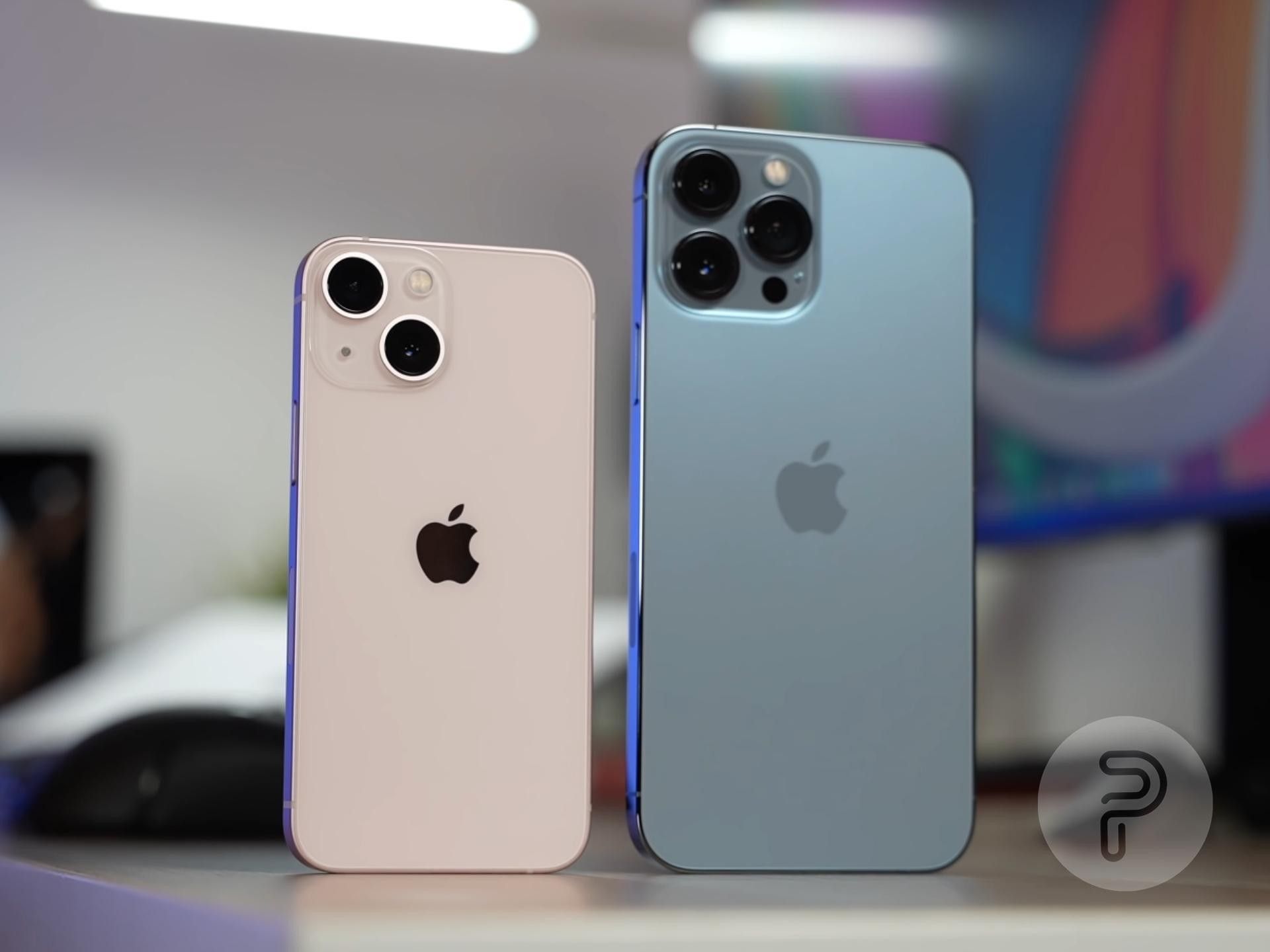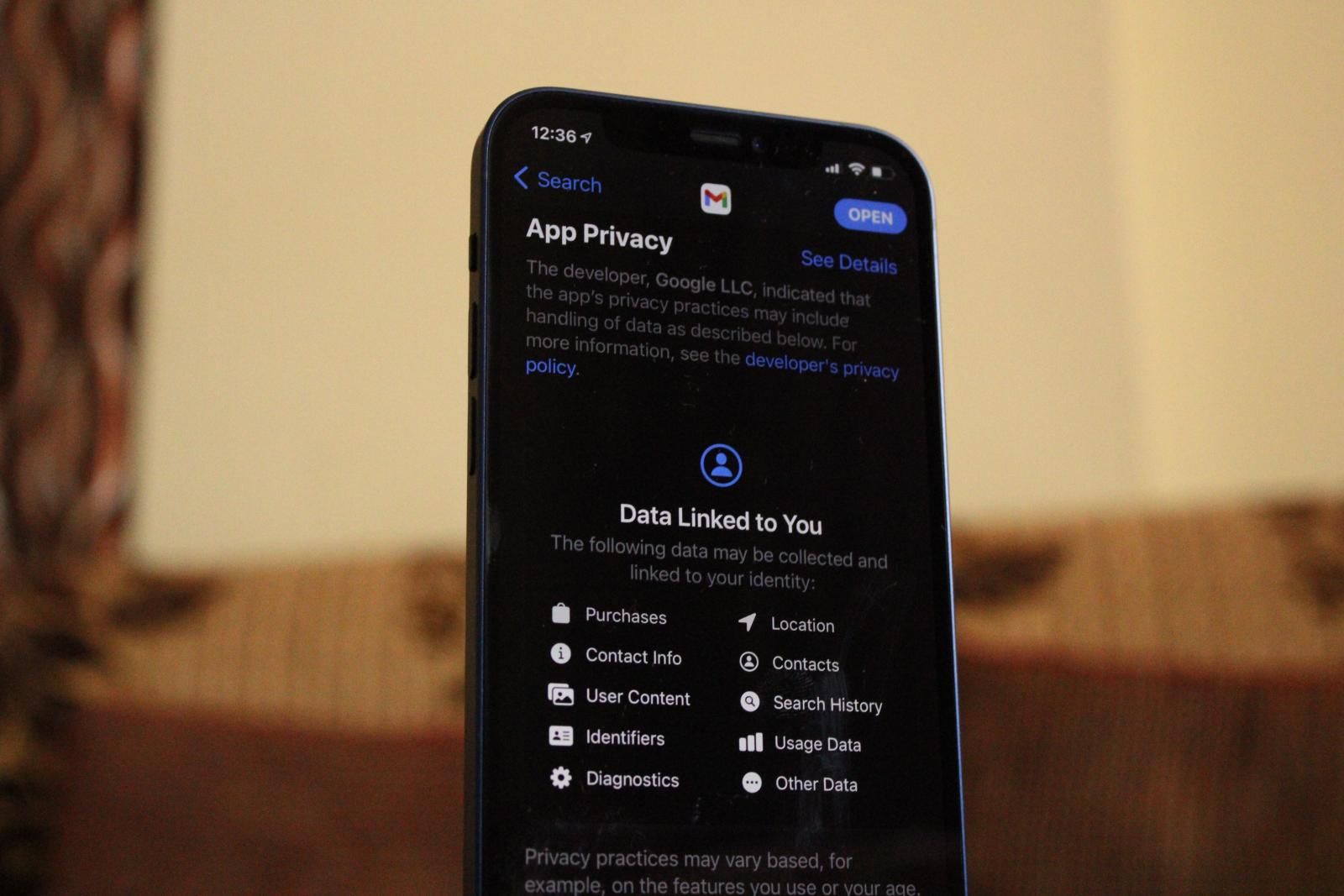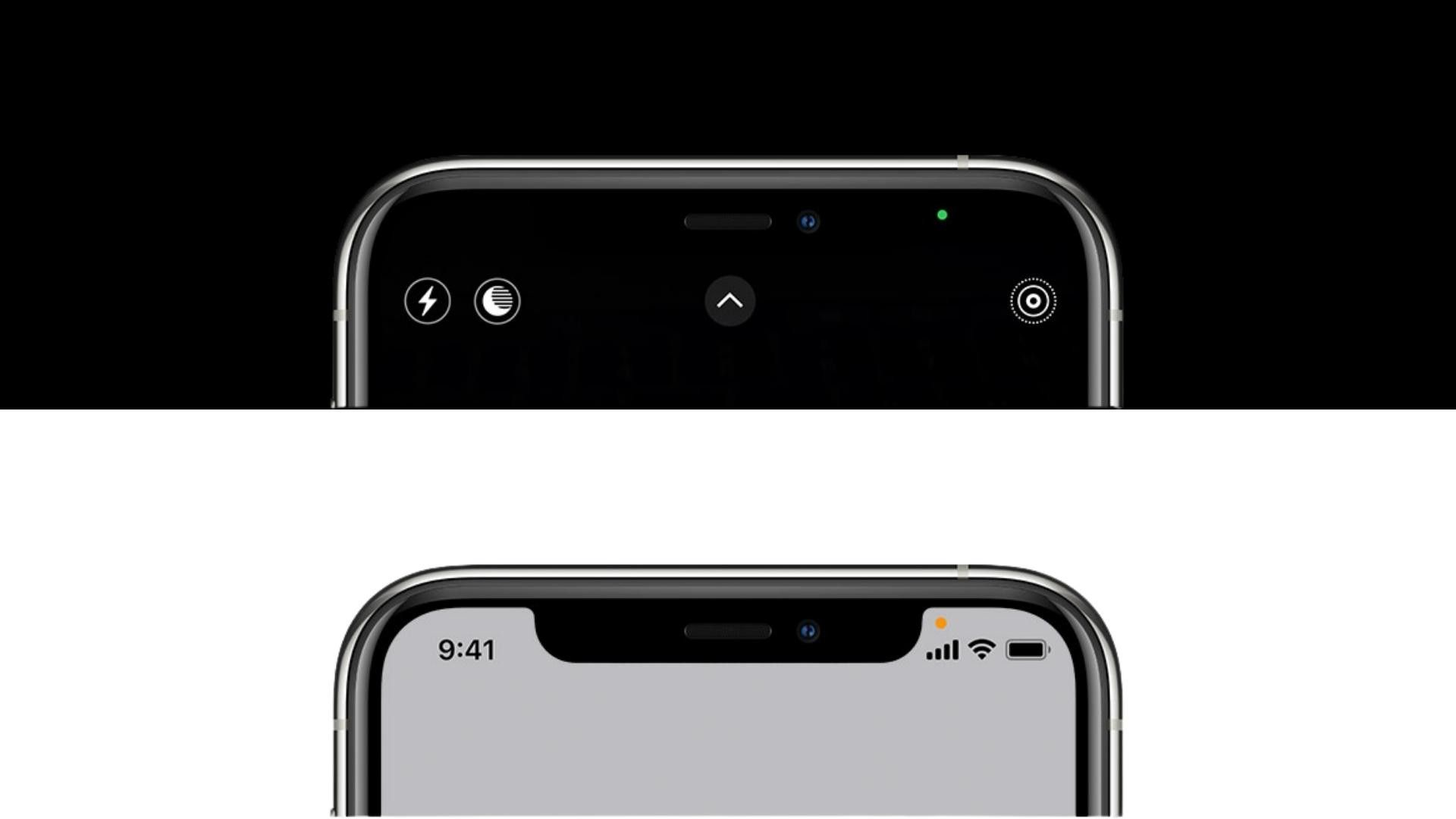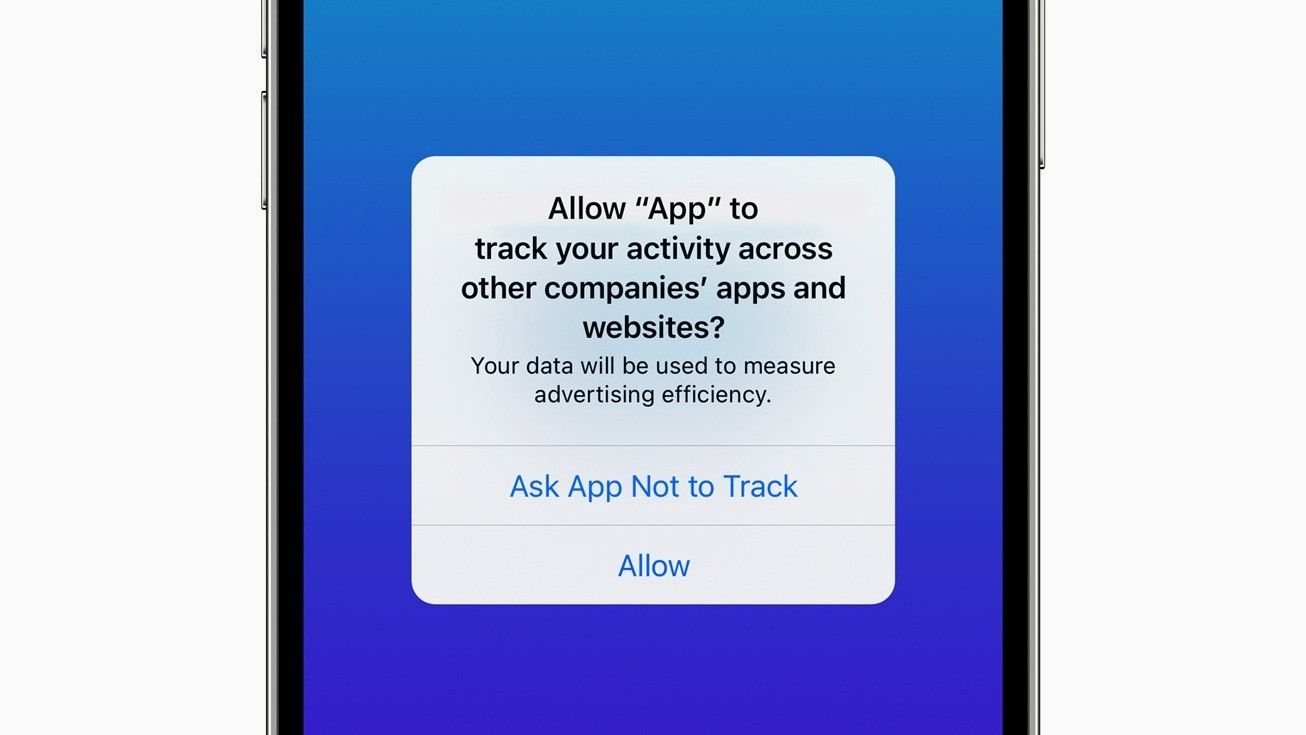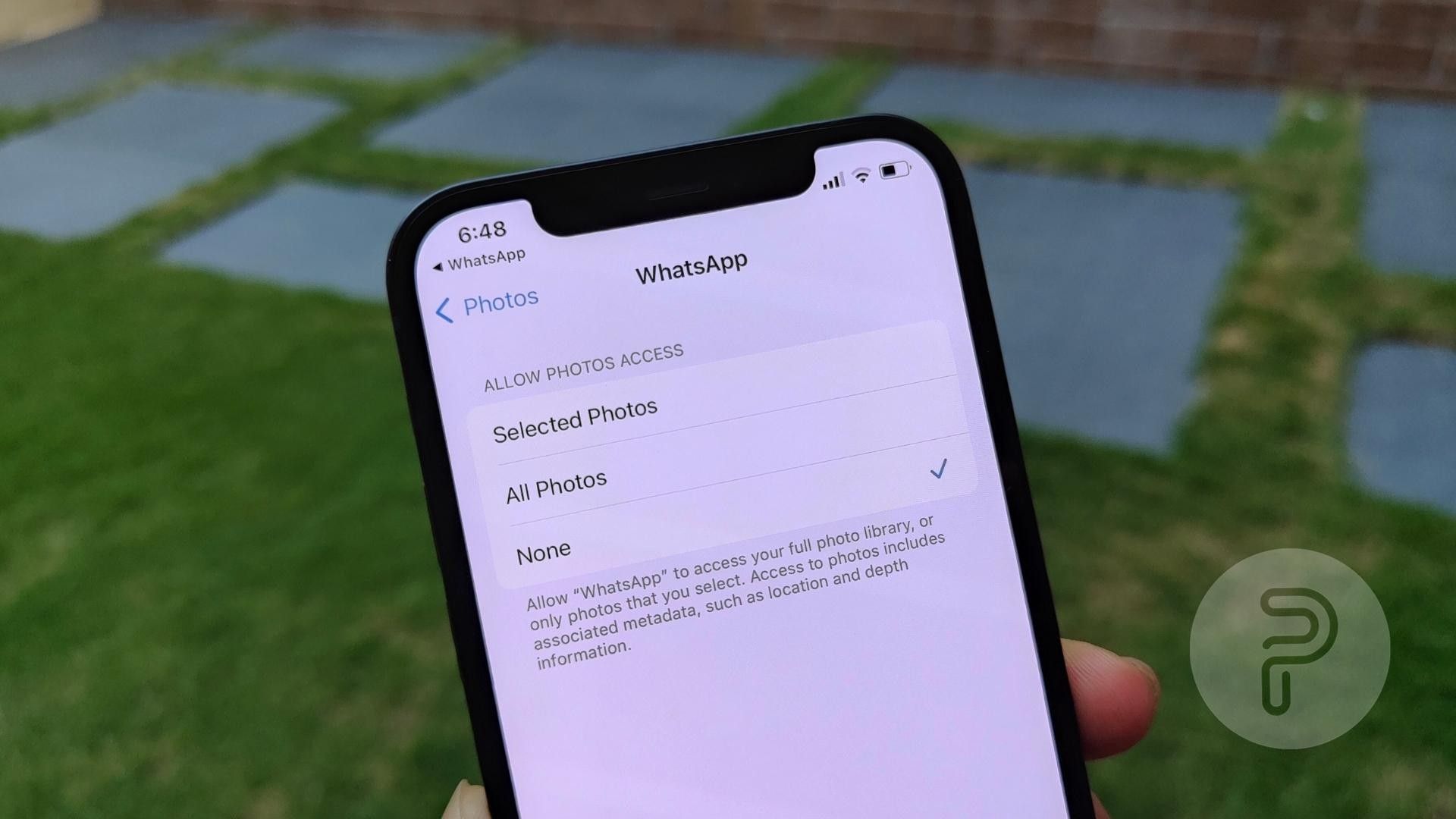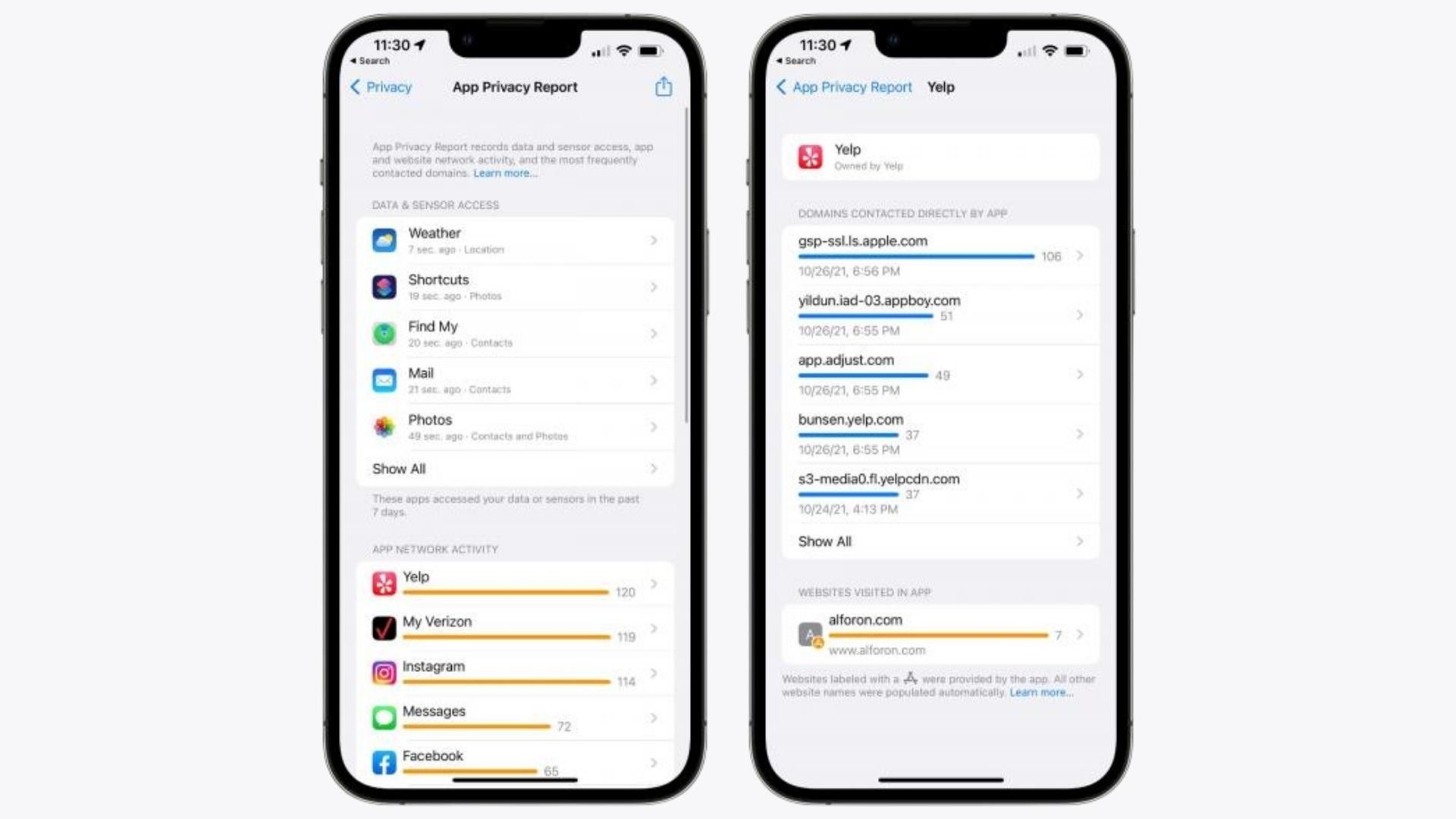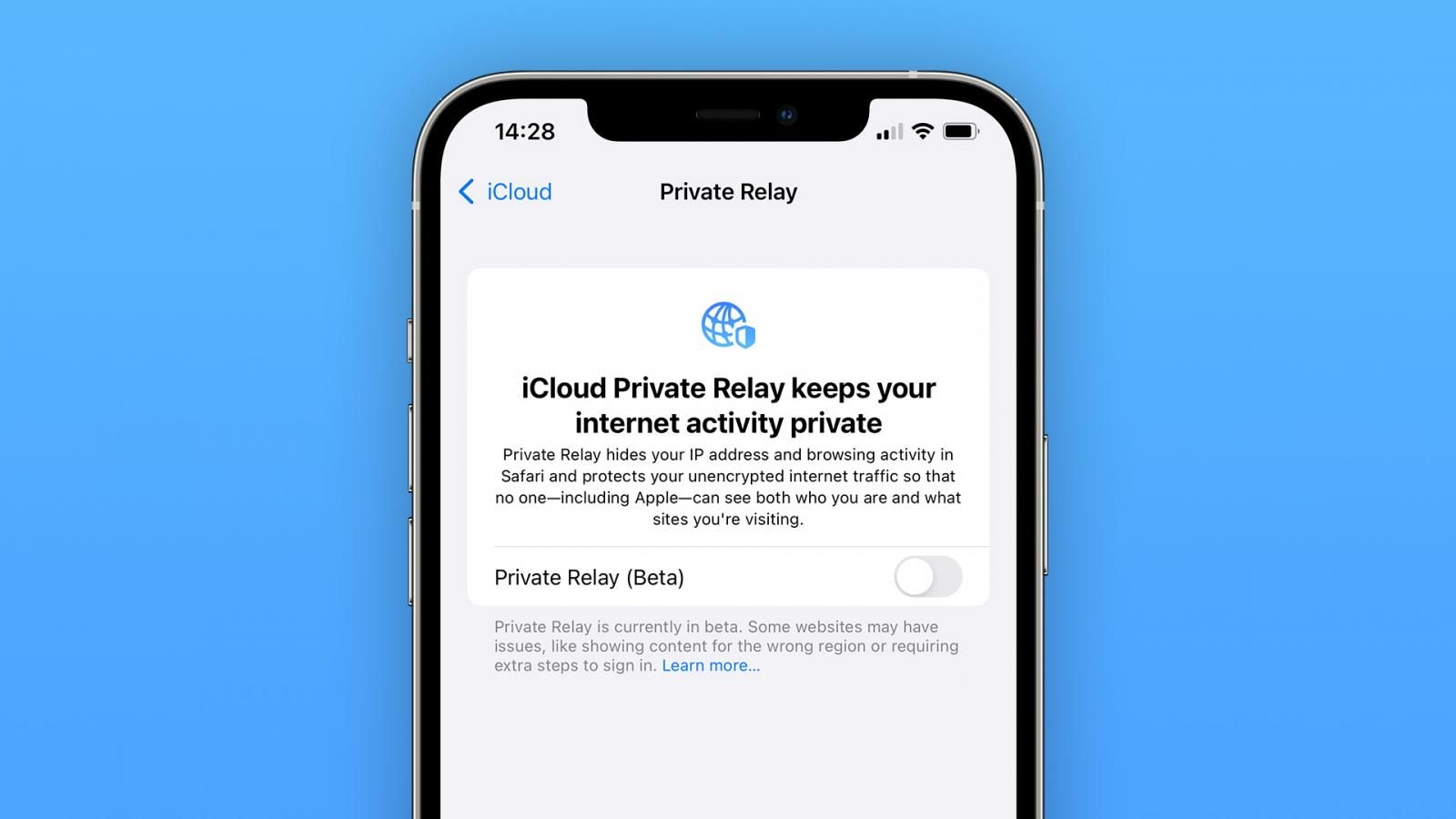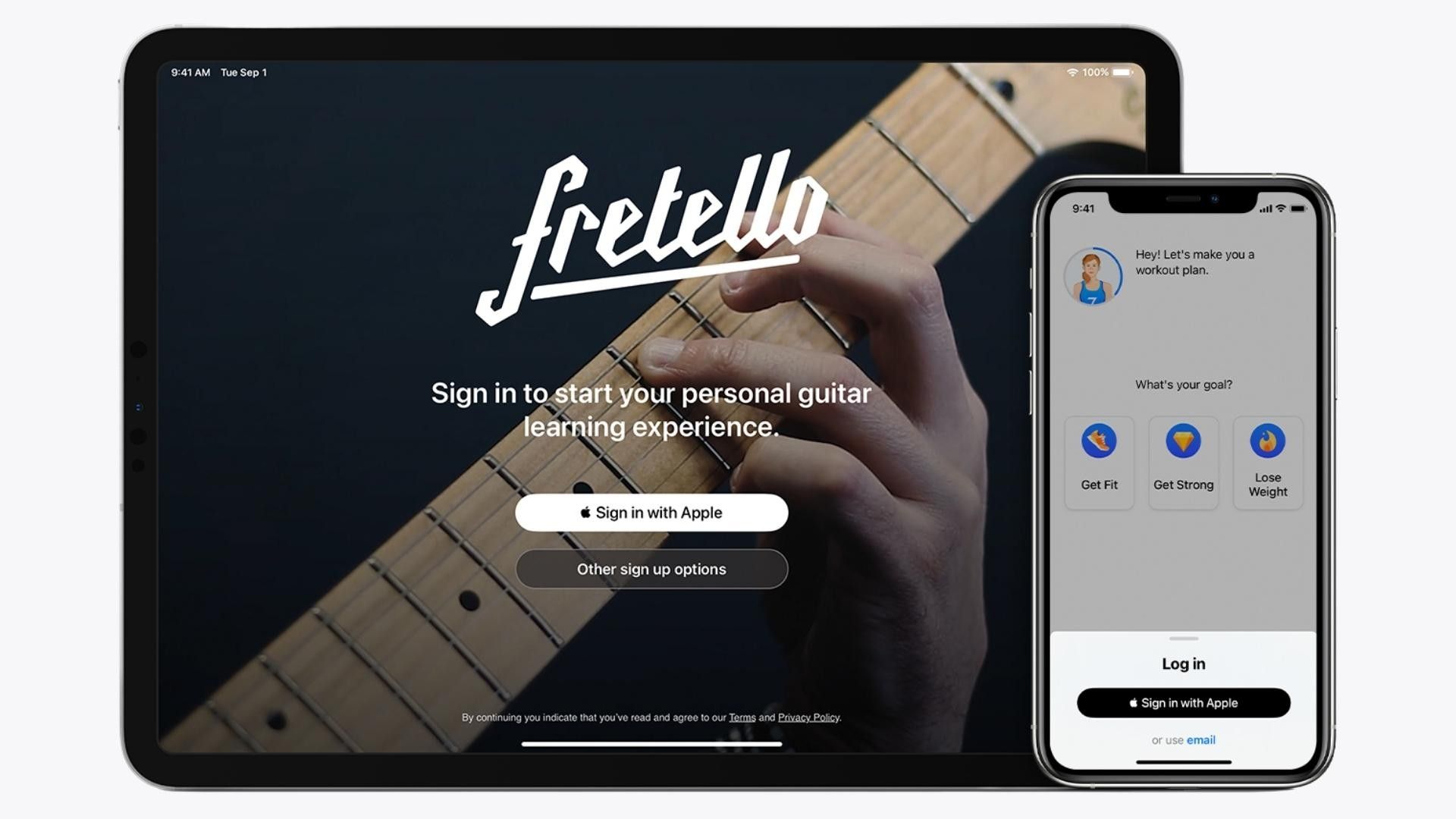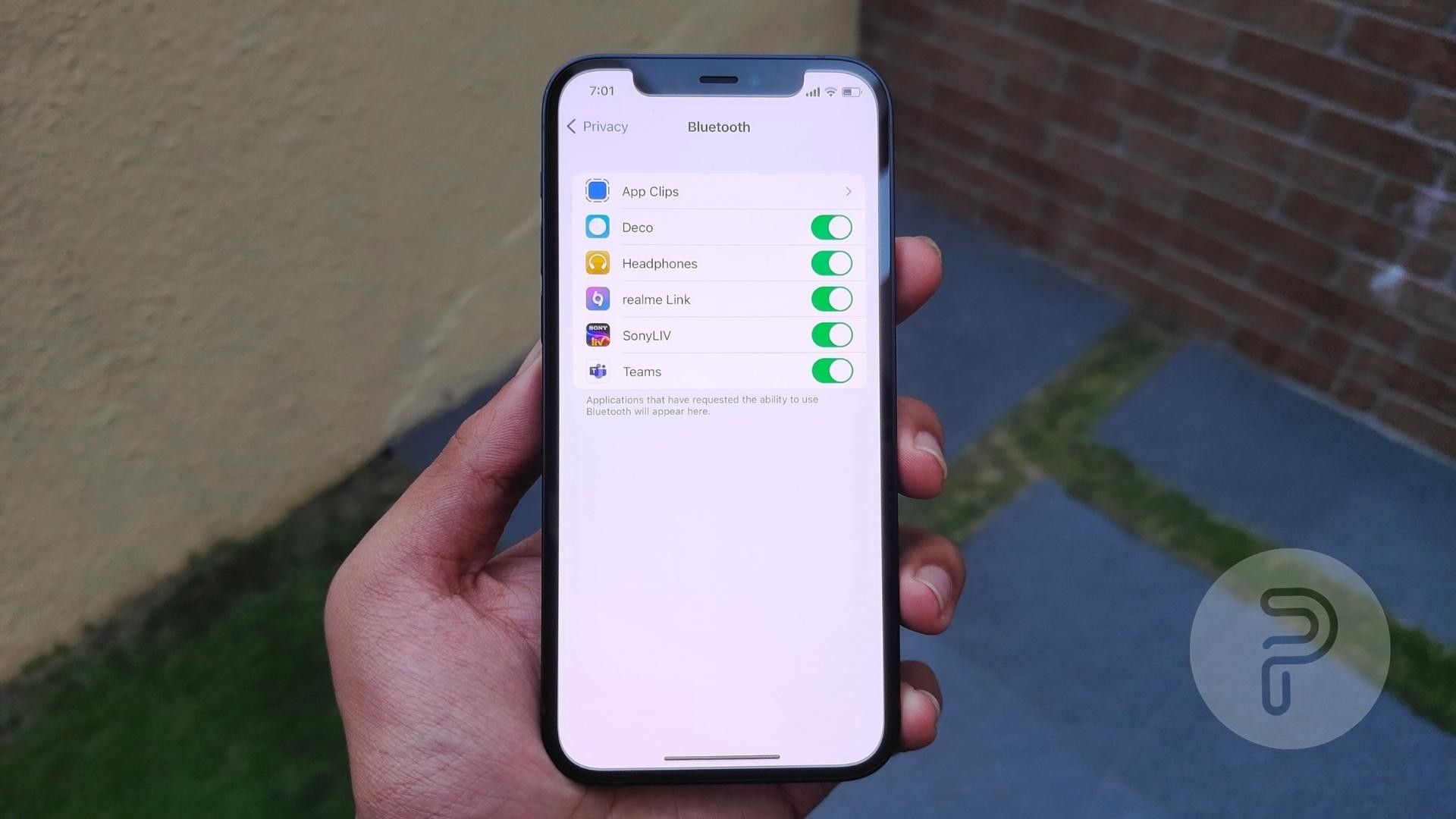Apple and its strong push for privacy are well-known in the smartphone industry, and it makes a strong case for its iOS platform being one of the most secure operating systems available. But with the number of features each version upgrade adds, it becomes difficult to track what's available to users and what isn't. Thus, in this article, we will be going over some of the most prominent privacy-related features Apple offers with its devices in 2022.
WWDC 2022, where we expect Apple to unveil the upcoming iOS 16, alongside new versions of macOS, WatchOS, and iPadOS, is less than ten days away, and we could be on track to see some more privacy-based additions, so keep your eyes out for Pocketnow's editorial coverage of the event, which is set to begin from the 6th of June.
Privacy Nutrition Labels
Privacy Nutrition Labels, introduced to Apple devices at WWDC 2020, bring the ability for users to quickly look at what information an application will be collecting over the period they use the service it provides. In addition to Apple's aggressive management of permission access, this feature can go a long way in ensuring your data remains private and not in the hands of a service you don't trust.
So, if a weather app wants access to your contact list (a permission it shouldn't really require) or something else that isn't essential to its function, you can decide while being aware, thus keeping bad actors off of your phone.
Camera and Microphone Access Indicators
Source: Apple
Camera and Microphone Access indicators on Apple devices make for a handy feature that provides information regarding applications using these hardware components on your phone. The markers appear right above the phone reception icon in the status bar.
The appearance of a green dot indicates that the camera and microphone are currently in use, and the application in use can see the image captured from your front camera or rear camera. In contrast, an orange dot means just the microphone is active and transmitting audio.
App Tracking Transperancy
Source: TechRadar
App Tracking Transparency is a feature that made its way into headlines because of its reported effect on the revenue of companies dependent on the tracking of user behavior. This new layer allowed users to block apps from collecting usage data with a simple toggle in the Settings application.
Last year, Snapchat said it lost millions of dollars due to this feature, and Meta reported its ad infrastructure would have to undergo a rebuild. A report from Lotame even stated that the feature could cost companies approximately $16 billion in 2022.
To prevent apps from tracking your usage patterns, open Settings on your iPhone and follow the steps listed below.
- Tap on Privacy.
- Next, tap on Tracking.
- Now, turn off Allow Apps to Request to Track.
Limited Access to Photo Library
Source: Aryan Suren for Pocketnow
Our smartphones have become these all-in-one photo albums due to their ability to capture stunning images and the amount of storage they can have. While this allows us to store tons of memories, specific applications often need access to our photo libraries to complete their undersigned functions. Thus, these pieces of our personal life remain accessible at most times.
In older versions of iOS, users had to provide complete access to their gallery; this meant any application could access your photos; but with iOS 14, users can choose to grant access to specific images, protecting their entire library. Although, users can still grant complete access to apps they trust or use frequently.
Note: Users can even add images to their photo library without providing access to all the photos stored on an iPhone.
App Privacy Report
Source: Pocketnow
App Privacy Report provides users with information about the applications on their phones and the activities they perform when in use or in the background. There's even a section in the report that shows the activated sensors.
And under the App Network Activity subsection of the report, users will even be able to see the domains that the applications in use have accessed. Apple states that when you tie this information with the details provided by its Privacy Nutrition Labels, you will better understand how an application handles your privacy.
A Privacy Report available within the Safari application will also show cross-site trackers deployed by websites, but Apple's always active Intelligent Tracking Prevention system is blocking this.
iCloud Private Relay
Source: 9to5Mac
Last year, iOS 15 introduced iCloud+, a subscription-based service that implements a "multi-hop" architecture, which sends interest requests made by a user over two different internet relays.
Effectively, the system works by sending an encrypted piece of your IP to Apple, which then forwards your website request to another service, keeping your IP address to itself. This way, Apple knows your IP but not the destination website, and its partner knows your destination website but not the origin IP address.
Apple is implementing this service to prevent any company from building a profile for a user and avoid them being targeted with unwanted ads and marketing campaigns. And it mentions this has been built directly into the networking framework of iOS, iPadOS, and macOS — protecting traffic that's susceptible to tracking.
iCloud+ even has a feature called Hide My Email allowing users to create unique dummy email addresses which will forward messages to your inbox to avoid situations where you'll have to share your actual address.
Sign in with Apple
Source: Apple
Speaking of dummy email addresses, Apple has another convenient feature up its sleeve that allows users to create accounts for websites and services without much effort. It even includes a prompt that will help you skip the step that involves sharing your email during the account creation process; this feature is free of cost and available for all users.
Note: To use Sign in with Apple, your Apple ID will need two-factor authentication activated.
Improved Permissions Control
Source: Aryan Suren for Pocketnow
Throughout this article, you may have read how applications may request you to share specific details to provide the best possible service. Now, most of these prompts appear when you first download an app, and it is often the case that we breeze through the setup process to begin using the service it offers.
But if you ever wish to backtrack and rescind access provided at an earlier point, iOS does include an option within its Settings application. This menu, found within the Privacy subsection, will allow you to see which core features your iPhone offers, and tapping on them will reveal the list of apps that can access the feature (shown in the image above).
Deactivating the toggles on this screen will prevent that application from using the feature.
Other privacy-related improvements will soon join these features and an addition we're happy to see states that Apple is pushing developers to offer a delete account button within their application if they include a create account button.
Such decisions, which make the experience a lot more convenient for the end-user, are a welcome change in our opinion, especially in a time where many of us are negligent with terms and conditions. Thus, while this may cause an additional burden on app developers, we feel it's a positive change that Apple is trying to effect.
What are your thoughts on Apple and its push for privacy? Let us know with your comments below or on our social media platforms.

